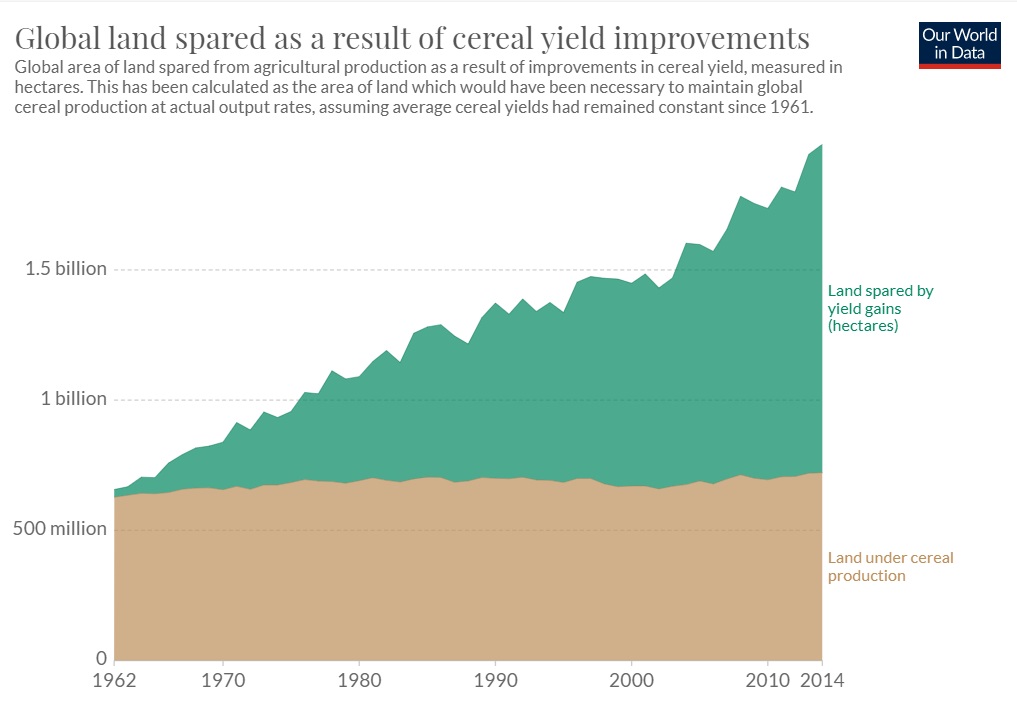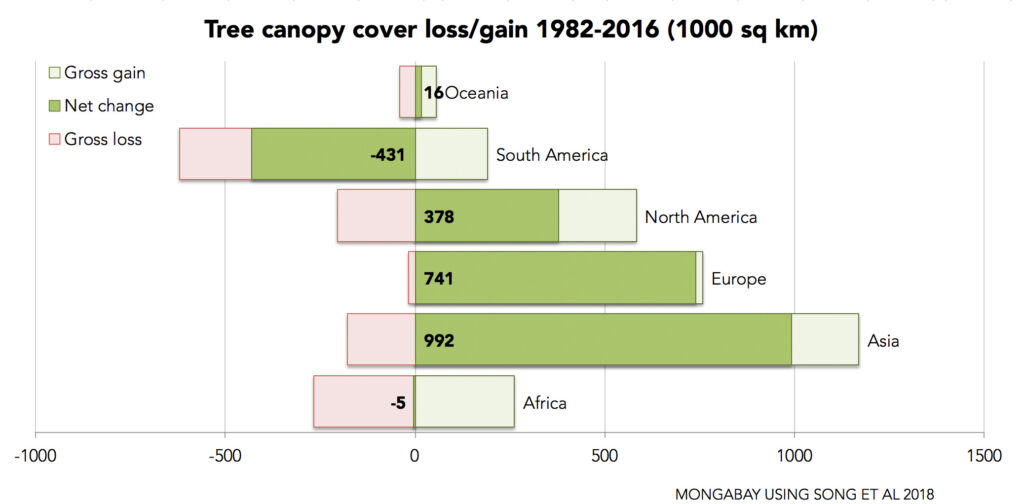Earth Day: How this U of M grad saved one billion lives and the planet with science
Today is Earth Day, and there is no better way to observe today than to honor a University of Minnesota graduate who has arguably done more to improve the living conditions of humanity and the planet than anyone else in the history of the world: Norman Borlaug.
Early Life
Norman Borlaug was born on a farm near Cresco, Iowa. He earned his undergraduate degree in forestry and Ph. D work in plant pathology at the University of Minnesota. After his time at the U, Borlaug would go on to change the world forever and win a Nobel Peace Prize for his work revolutionizing agricultural productivity.
Revolutionizing Wheat Production in Mexico
In 1944, Borlaug took a job as a research scientist in Mexico, where worked with poverty-stricken wheat farmers in rural Mexico to improve crop yields.
Borlaug’s work was desperately needed because these farming communities were barely able to sustain themselves due to repeatedly poor harvests. Crop failure was common due to crop to diseases and a fungus known as “rust.”
Borlaug and his team developed new varieties of wheat that increased yields and were resistant to rust. The researchers also applied nitrogen-based fertilizers to the test plots to increase production. The combination of these technologies led to an amazing increase in crop productivity.
When Borlaug had arrived in Mexico in 1944, its farmers were producing less than half the wheat necessary to feed its population. By 1956, Mexico had become self-sufficient in producing wheat. His belief in scientific research and a hands-on connection to the farmers paid off in what was considered an agricultural miracle, according to the World Food Prize Foundation.
The Green Revolution: Saving Billions of Lives
Borlaug’s success in Mexico ignited The Green Revolution, a period of unprecedented increases in global agricultural production that was the product of the hard work of Borlaug and other scientists.
After Borlaug’s success in Mexico, he traveled to nations around the world to share his seed varieties and techniques, which included irrigation, mechanization, and chemical fertilizers. He also trained scientists from all over the world on how to use increase yields, and as a result, his methods were used to increase the yields for other cereal crops, such as rice, corn, and potatoes.
The graph below shows how important Borlaug and his contemporaries were to further the human condition by increasing crop yields and reducing global hunger. From 1961 through 2018, global cereal production grew by 238 percent, far outpacing population growth.

Today, Borlaug is credited with saving one billion people from starvation for his efforts to breed new varieties of grain and his determination to help people throughout the world gain access to these life-saving seeds.
Increasing global food production not only allowed people to survive, but it also empowered them to thrive. According to the World Food Prize Foundation:
Borlaug’s successes in wheat were quickly replicated in other grains, most notably rice, by scientists such as M.S. Swaminathan in India, and Robert Chandler, Henry “Hank” Beachell and Gurdev Khush at the International Rice Research Institute in the Philippines. Together, with countless others, they helped avert famine and starvation in much of the developing world in the second half of the 20th century.
I was a young development worker in the Mekong Delta in 1968 when this new “miracle rice” from the Philippines arrived. Its impact in the eight villages in which I worked was as stunning as it was immediate. The four villages that were accessible by road experienced dramatic improvements, both in terms of nutrition and the well-being of the people. New IR-8 rice spread rapidly as peasant farmers with small plots were suddenly able to experience both increased yields and double crops. This in turn led to tangible improvements in the quality of life: child mortality dropped; malnutrition abated; and children, especially girls, stayed in school longer.
At the same time, there was a rapid corresponding decrease in the level of armed conflict and military hostilities. It was as though the combination of new roads and new rice seed caused the roots of violent extremism to wither and disappear in a way that military action alone could not. By contrast, the four other villages, with no bridges and no road access, remained mired in poverty: the new “miracle seeds” were not put to use; children remained stunted; and warfare and political dissidence continued there unabated.
This experience seemed to confirm one of the central lessons of Norman Borlaug’s boyhood – the ability of agricultural innovation and rural roads to dramatically change social conditions.
In light of these findings, it is not surprising the Borlaug was awarded the Nobel Peace Prize in 1970.
Green Revolution: Saving the Planet
To this point, readers may be wondering why this article was published on Earth Day. Not only did Borlaug’s efforts save one billion people from starvation, stunted growth, and conflict, it also helped save the planet.
Borlaug continually advocated increasing crop yields as a means to curb deforestation. The large role he played in both increasing crop yields and promoting this view has led to this methodology being called by agricultural economists the “Borlaug hypothesis“, namely that increasing the productivity of agriculture on the best farmland can help control deforestation by reducing the demand for new farmland.
The Green Revolution was so important because it increased the productivity of farms throughout the world, allowing farmers to grow more food per acre. This has led to 539 million hectares of land (2 million square miles) being spared from agricultural production to produce the same amount of food.

Increasing agricultural productivity saves the planet for numerous reasons, but the most important reason is this: people who are worried about where their next meal is coming from do not have the luxury of caring about the environment.
Increasing agricultural productivity reduces deforestation, which maintains biodiversity and keeps animal habitats intact. Increasing the food supply helps reduce hunting and poaching of animals because they are not as necessary for survival. Eventually, even areas that were once deforested experience an increase in forested area, as you can see in the graph below.

Dr. Norman Borlaug is probably the most important person you’ve never heard of. He showed us that human innovation and gains in productivity are the most important thing we can do to improve the plight of humanity and the planet. Minnesotans should be proud to know that the University of Minnesota played such a pivotal role in making the world a better place.
Because of his achievements to prevent hunger, famine, and misery around the world, it is said that Dr. Borlaug has “saved more lives than any other person who has ever lived.” He did not achieve this success at the expense of the planet, he left the world a greener and better place.